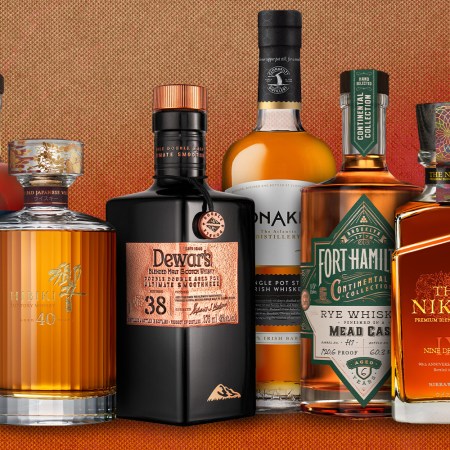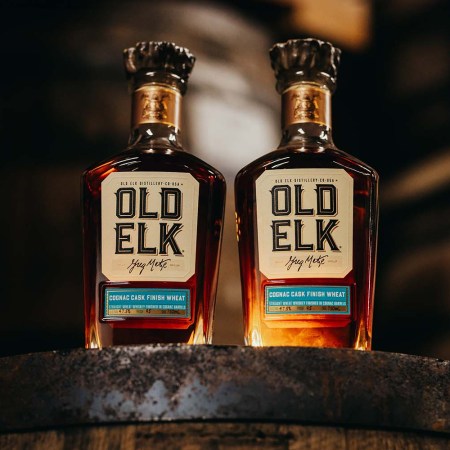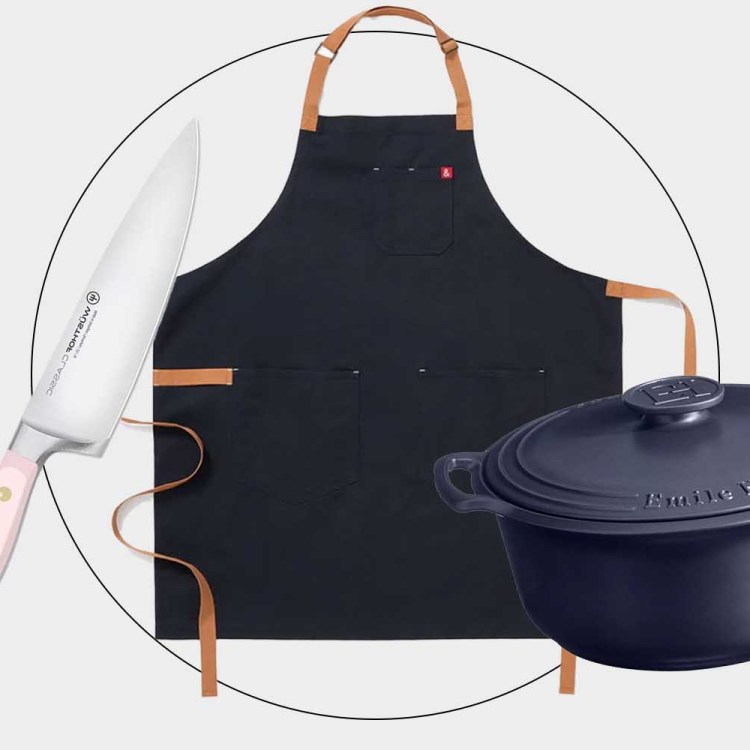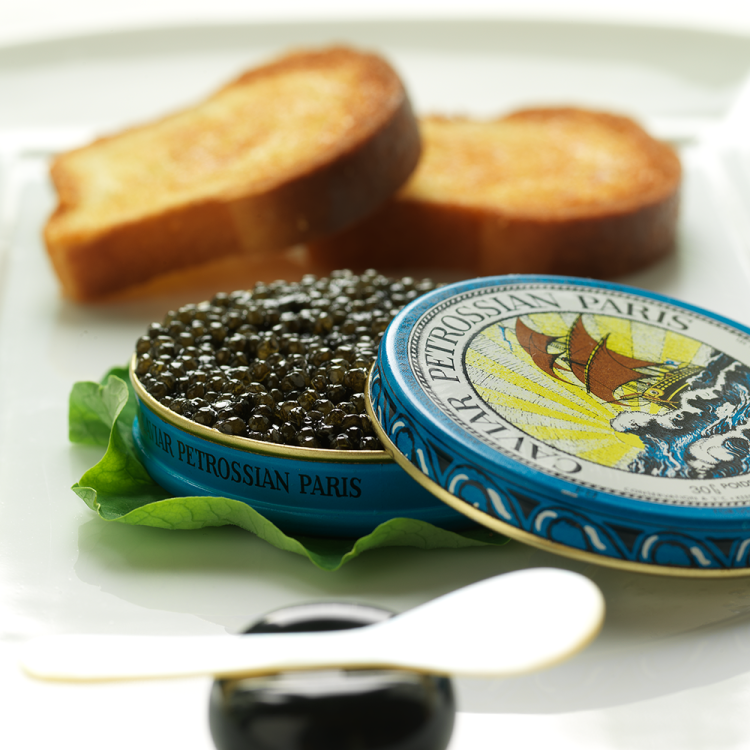The problem with Scotch is that everyone wants to drink it.
From London and New York to Hong Kong and Tokyo (Asia buys a quarter of a billion bottles each year), the world’s supply of vintage single malt is shrinking, and fast.
The Scotch Whisky Association reports that global exports of the popular booze — which accounts for 25% of all food and drink shipped annually from the UK with 38 bottles shipping out per second — jumped 159 percent between 2004 and 2014 with sales in the U.S. tripling from 2002 to 2015.
Dammit, supply and demand.
The industry was unprepared for the boom in worldwide sales and, since age-labeled single malt Scotch has to age for at least three years by law, distillers can’t catch up no matter how much they produce in a given year.
While whisky makers are adding more capacity and ramping up production to deal with the problem in the future, the current situation is not going away anytime soon and the single malt shortage could last for 10 to 15 years, according to experts like professional whisky investor Rickesh Kishnani. “The shortage of old and rare single malt … has already started,” Kishnani says. “It’s going to get worse.”
While the news may have you feeling the urge to drink up, we’d humbly submit that no-age statement whiskies are just as good anyway.
Don’t believe it? There’s only one way to find out.
Join America's Fastest Growing Spirits Newsletter THE SPILL. Unlock all the reviews, recipes and revelry — and get 15% off award-winning La Tierra de Acre Mezcal.






















